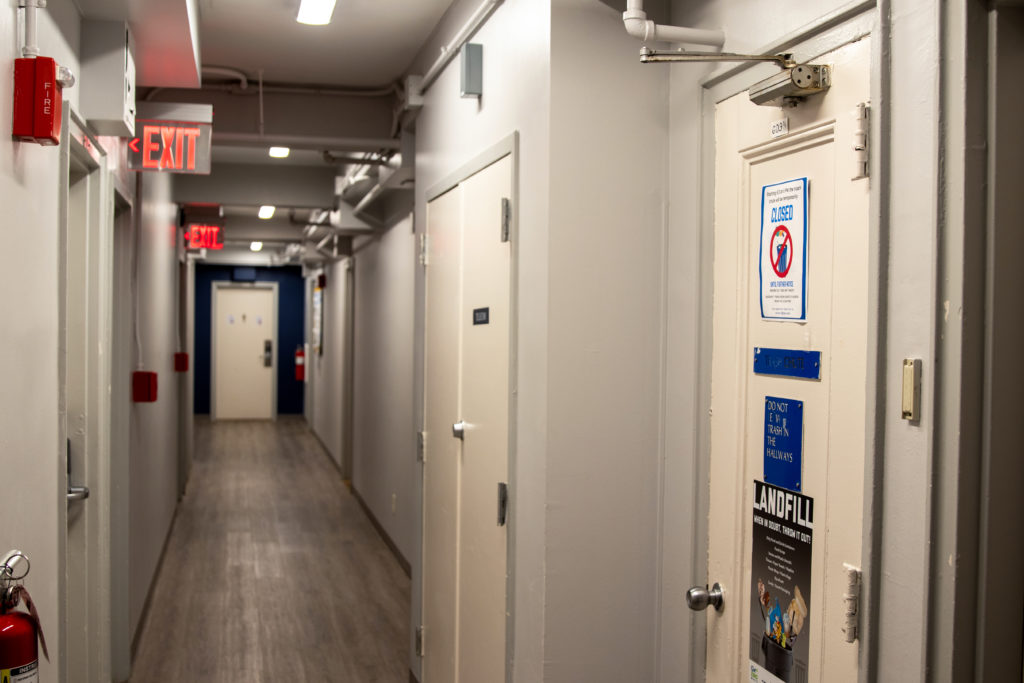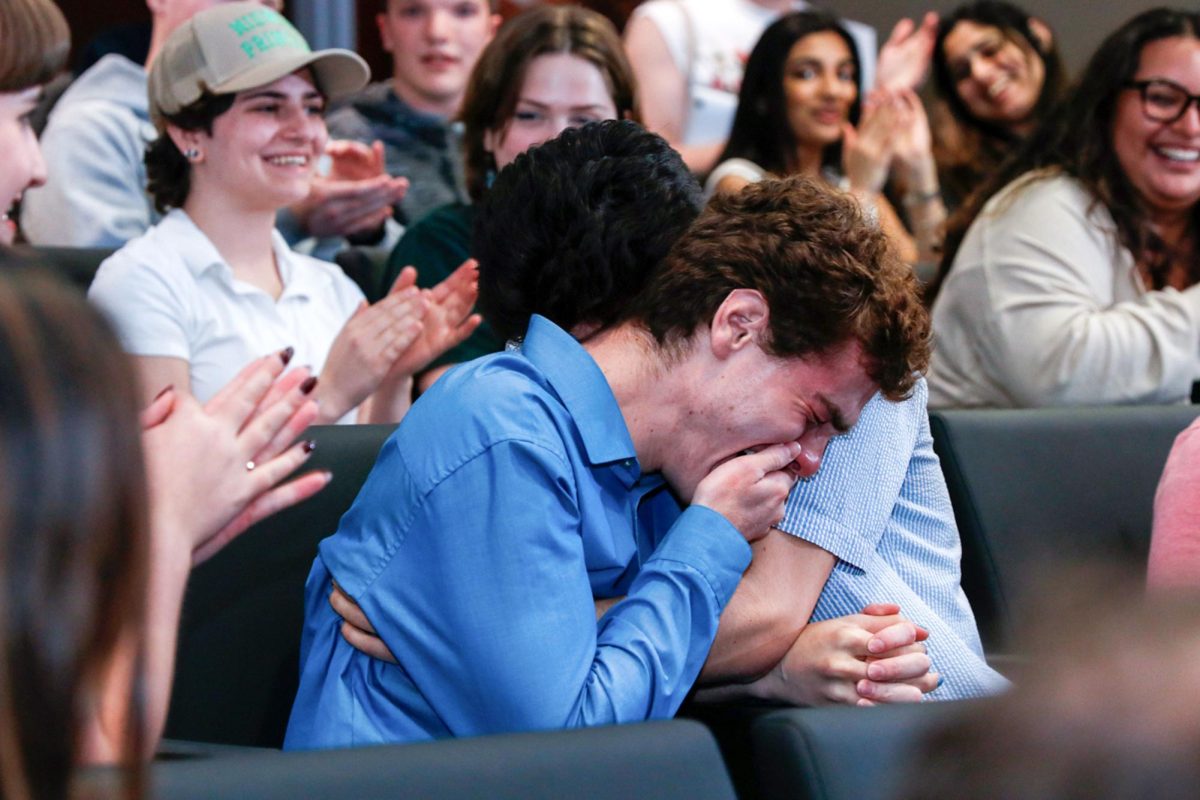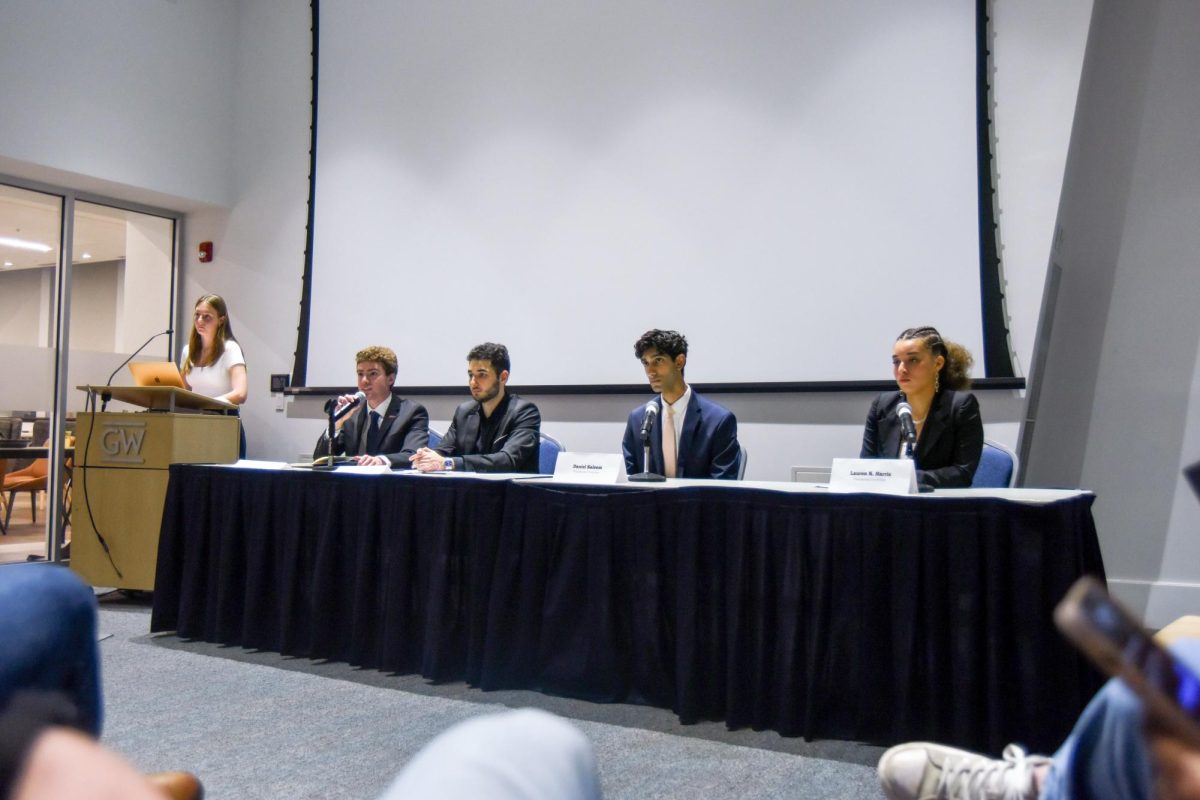The Student Association and Residence Hall Association published a report outlining residence halls with security, accessibility and maintenance issues last Monday.
The Residential Building Walk Report compiles observations from walkthroughs RHA members conducted in 24 of 25 residence halls and calls on officials to repair elevators and appliances like air conditioning units, install GWorld access points and create long-term plans to fix accessibility issues at building entrances. SA and RHA members said they met in October to kickstart the process of collecting concerns about maintenance needs.
“The identified problems include the lack of accessibility, proper signage, safety, security, temperature controls and poor living conditions,” the report’s executive summary reads. “Therefore, the report helps to highlight specific concerns regarding each dorm that need improvements to help improve the quality of housing for current and future on-campus students.”
RHA Vice President Linnea Kerber said she encouraged RHA members to conduct walkthroughs together, and she reminded them to talk with residents of each hall and ask them about any problems they had noticed.
The report identifies 13 residence halls on the Foggy Bottom and the Mount Vernon campuses with accessibility issues at doorways and building entrances and inside laundry rooms. The report identified accessibility issues, like a lack of handicap doors and broken handicap door buttons, in five of the six residence halls on the Vern.
The report also lists 10 residence halls that experience limited or highly fluctuating temperature control, including Lafayette Hall and five of six Vern residence halls. The report also states nine residence halls either lack elevators, like Building JJ, or have dark and shaky elevators, like FSK Hall. Seven residence halls have unsatisfactory – or completely lack – water filling stations, including 1959 E Street and five of the six Mount Vernon residence halls, according to the report.
The report found six residence halls experience fluctuating water temperatures and cloudy water, and it describes cases of mold in Somers Hall and Building JJ kitchens. The report finds five residence halls with window problems, like worn-down window frames.
SA Vice President Yan Xu said in the report that students identified points of improvement in residence halls to help officials make “informed decisions” about maintenance and repairs with accessible infrastructure. He said he worked with RHA Vice President Linnea Kerber, SA Senate policy adviser Togrul Savalan, Associate Vice President of Business Services Seth Weinshel and Director of Campus Living Dan Wright earlier this month to discuss the concerns raised in the report.
He said housing officials confirmed that they will address “some” issues, like replacing windows in select residence halls, during annual summer renovations or in future renovation planning.
Xu said officials expressed interest in conducting building walkthroughs in the future. He said some of the report’s recommendations – like replacing air conditioning units – would be “too expensive” for the University to accommodate because of the need to construct additional pipes in AC units, which would also require tearing down ceilings.
He said long-term, building-wide renovation projects, like issues with air conditioning and a lack of accessible infrastructure, will take at least two years, and “supply chain issues” might delay construction projects.
Baxter Goodly, the senior associate vice president of Facilities Planning, Construction and Management, said “select items” the report identifies will require additional spending to address, but officials will fix smaller problems that require less investment “as quickly as possible.”
“We appreciate the collaborative effort that the SA and RHA took to complete this report, and we look forward to working with both organizations to advocate on behalf of residential students,” he said in an email.
Linnea Kerber, the vice president of the RHA, said the student organization’s leadership in each residence hall conducted the majority of walkthroughs earlier this semester, and she conducted solo walkthroughs when RHA representatives for each hall were unavailable. She said she encouraged RHA members to conduct building walkthroughs together to spot more potential issues, and students “generally” conducted one per building.
Kerber said there was “no reason” International House, the only residence hall not on the report, was “intentionally” excluded from the report.
Kerber said Savalan, the SA Senate’s policy adviser, gave her a checklist for identifying potential building issues like lobby restroom cleanliness, signage for where to tap GWorld and the condition of doorknobs and locks.
The report identifies unclear or missing signage in 14 residence halls across both campuses. It does not find any unclean lobby restrooms.
“The criteria list was very collaborative,” she said.
Abigail Mittendorf, the director of communications for the Disabled Students Collective, said the DSC has been working on a similar report about inaccessible buildings on campus. She said some residence hall issues the SA reported, like air conditioning and water temperature, disproportionately affect students with disabilities who rely on temperate rooms and water to manage disabilities or chronic illnesses.
“Those are also very much accessibility issues because for people with chronic illnesses, they need to have hot water to deal with joint pain, things like that,” Mittendorf said.
Mittendorf said the DSC created an anonymous accessibility report form for students earlier this semester to report accessibility issues in residence halls.
Mittendorf said the absence of accessible, wheelchair-friendly entrances on campus in all residence halls is “embarrassing” for GW. She added that many people view issues that seriously affect disabled students, like broken air conditioning and elevators, as “an inconvenience.”
“I think there is a lack of urgency in some ways with that,” Mittendorf said.
She said the Vern’s accessibility issues – like a lack of ramps and handicap door buttons – preclude disabled students from visiting friends or attending events on the satellite campus.
“It’s a very freshman-oriented space,” she said. “And I think that just denies certain people the campus experience of being at GW.”
“I think ensuring that buildings are the most accessible that they can be is really important to us,” she said.











